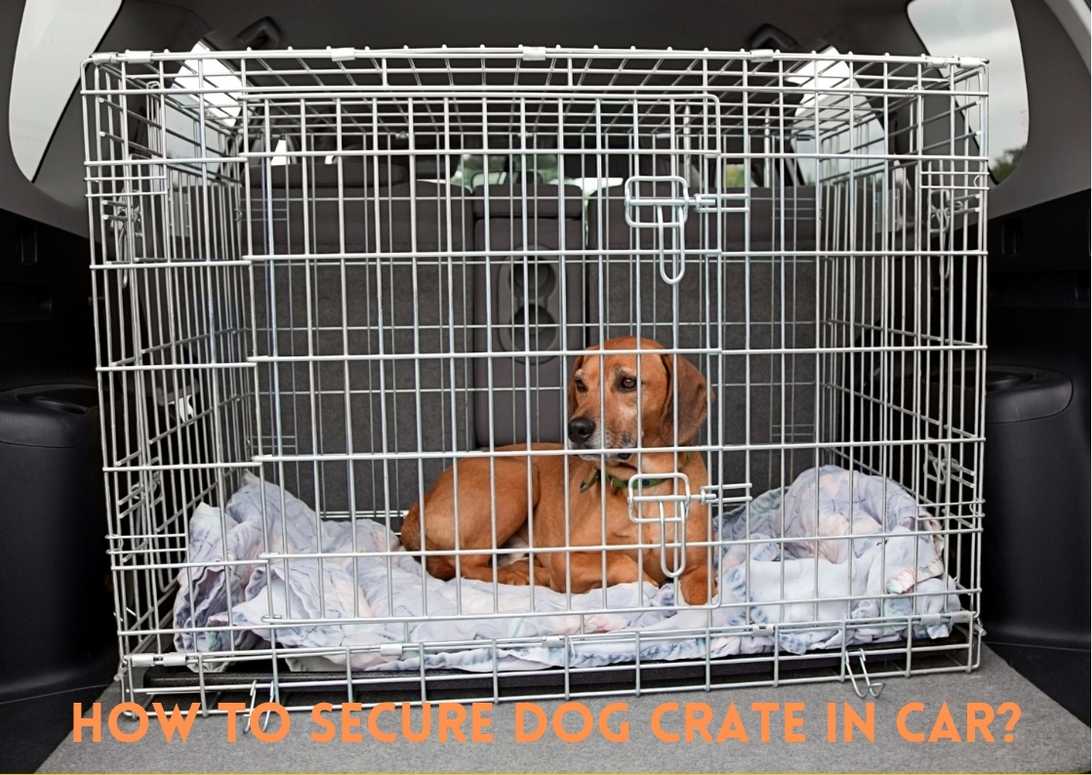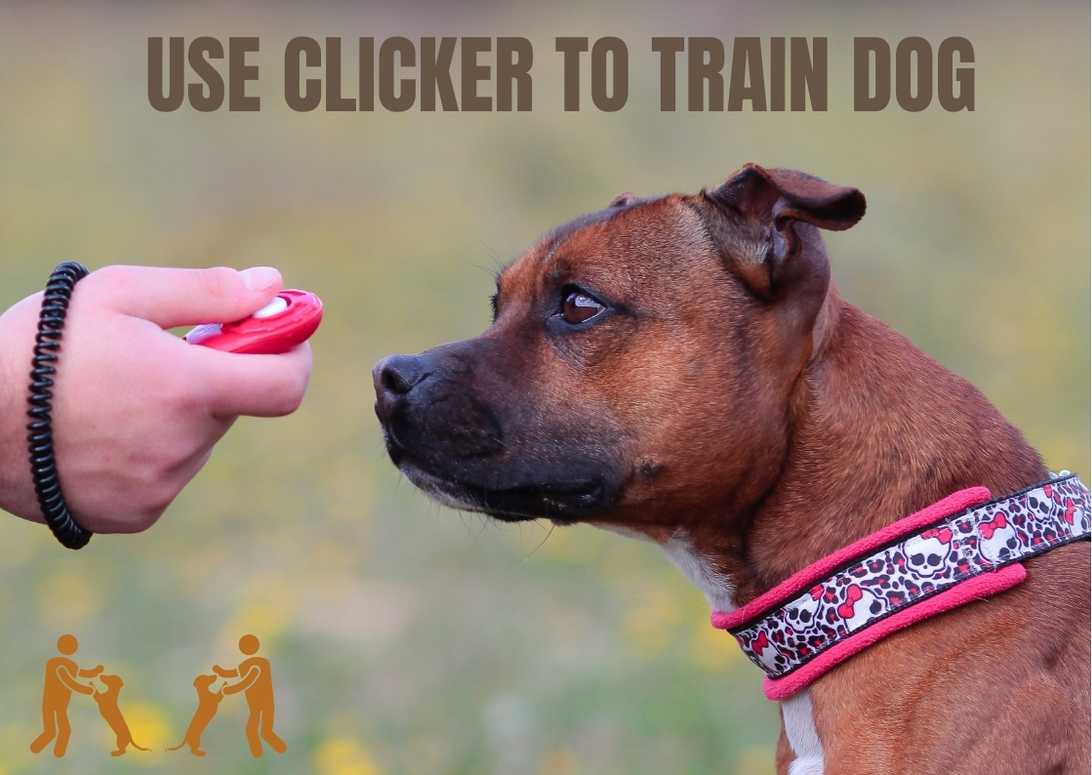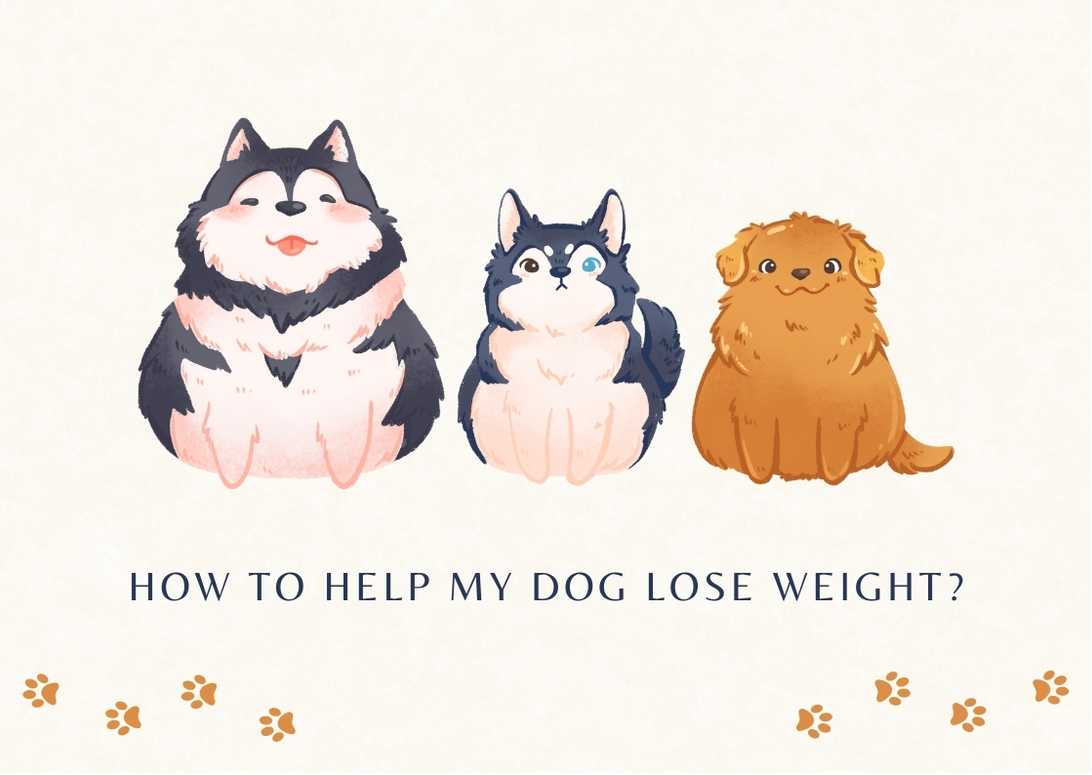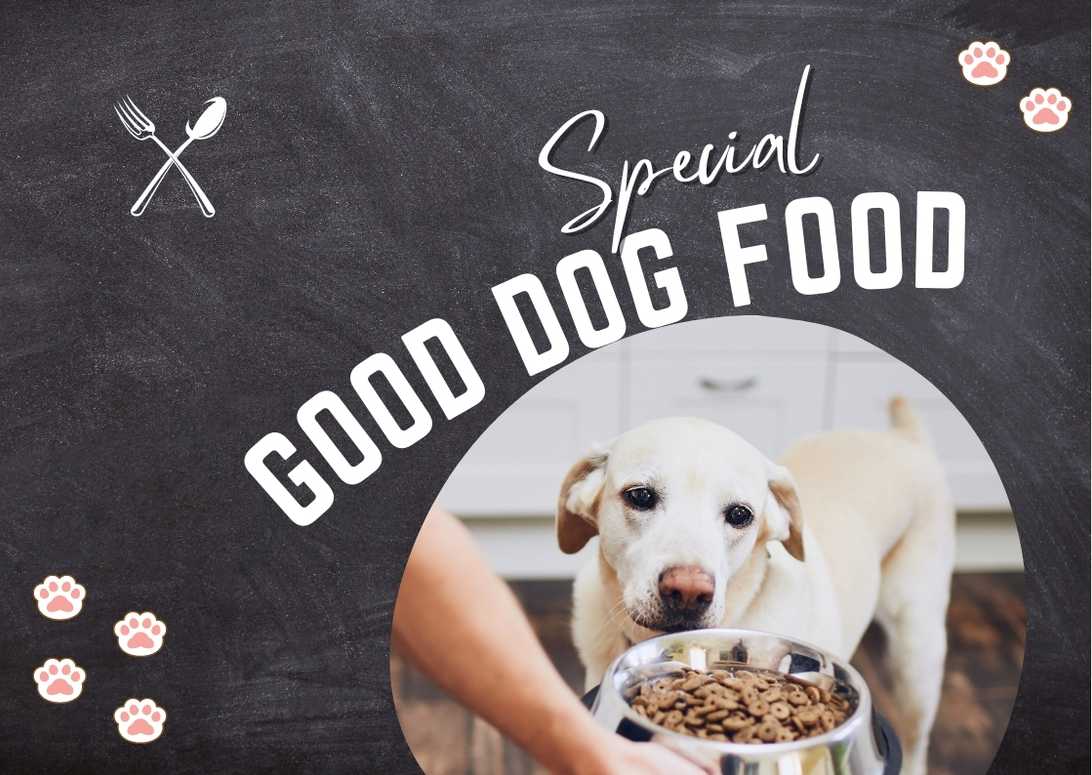How To Secure Dog Crate In Car?
When it comes to traveling with our beloved dogs, their safety is always a top priority. That’s why learning how to properly secure a dog crate in the car is essential for any pet parent.
In this article, I will guide you through the process of securing your dog’s crate, whether you choose to place it in the back seat or rear seats.
First and foremost, it’s important to understand that securing your dog’s crate not only ensures their safety but also prevents distractions while driving. One effective method is using a seat belt to secure the crate in place. By buckling the seat belt around the crate and tightening it securely, you can rest assured that your furry friend will stay put throughout the journey.
Additionally, bungee cords can be used as an alternative method by attaching them tightly from one side of the crate to another, providing extra stability during car rides. Preventing distractions is crucial when driving with pets; therefore, properly securing their crates will keep both them and yourself safe on the road.
In conclusion, knowing how to securely fasten a dog crate in a car is vital for pet parents who frequently travel with their furry companions. Whether opting for seat belts or bungee cords, taking these precautions will ensure your dog’s safety while preventing any potential distractions during drives. So buckle up and get ready for worry-free adventures with your four-legged friend!
Important Points
- Securing a dog crate in the car is essential for safety and preventing distractions while driving.
- Proper positioning of the crate is important for comfort and visibility.
- Adequate padding and ventilation ensure the dog’s comfort during travel.
- Choosing a method that provides maximum safety, such as using seat belts or bungee cords, is crucial.
How to Secure Crate
To securely fasten your dog crate in a car, make sure to use bungee cords or a seatbelt to prevent any distractions or potential accidents.
When securing the crate, first consider the positioning of the crate in the car. It’s important to choose a spot that’s comfortable for your dog and doesn’t obstruct your view as the driver. Additionally, ensure that the size of the crate fits well within your vehicle and allows for easy access to your furry friend.
Next, provide adequate padding inside the crate to ensure your dog’s comfort during travel. You can achieve this by placing blankets or cushions inside the crate, creating a cozy environment for them. Along with cushioning, it’s crucial to maintain proper ventilation within the crate. Make sure there are enough openings or mesh windows for fresh air circulation, preventing any discomfort or overheating.
Lastly, focus on enhancing crate security while on the move. Whether you choose to utilize bungee cords or a seatbelt, make sure they’re tightly fastened around the crate to prevent any shifting or movement during sudden stops or turns. This will not only keep your dog safe but also avoid any distractions that might interfere with your driving.
Now that you’ve secured your dog’s crate using bungee cords or a seatbelt and ensured proper positioning, size, padding, ventilation, and security measures are in place, it’s time to discuss back seat placement without compromising their safety and comfort.
Back Seat Placement
Placing the crate in a comfortable position on the back seat ensures that your furry friend will have a safe and enjoyable ride. To provide cushion support, I make sure to place a soft mat or blanket at the bottom of the crate. This helps absorb any bumps or vibrations during the car journey, making it more comfortable for my dog.
Additionally, considering the size of the crate is crucial. It should be spacious enough for my dog to stand up, turn around, and lie down comfortably. Proper air circulation is also important to keep my dog cool and prevent any anxiety or discomfort. Therefore, I make sure there are sufficient openings or vents in the crate walls.
When it comes to cleaning and maintenance, I always choose a crate that has removable parts or easy-to-clean materials. This allows me to clean any accidents or spills quickly without much hassle.
Moreover, being prepared for emergencies is essential while securing a dog crate in a car. I always keep an emergency kit handy with necessary items such as first aid supplies and contact information for veterinarians along with an identification tag attached to my dog’s collar.
To ensure maximum safety during travel, using a seat belt is crucial. By attaching the seat belt through designated loops or hooks on the crate, I can secure it firmly in place on the back seat of my car without worrying about it sliding around during sudden stops or turns. This not only prevents potential injuries but also keeps my dog from becoming a distraction for me as I drive towards our destination seamlessly.
Using Seat Belt
By fastening the seat belt around the designated loops or hooks, I can ensure a stable and secure position for my furry companion during car rides. The seat belt serves as a tightening mechanism that keeps the dog crate in place, preventing it from sliding or shifting during sudden stops or turns.
Before securing the crate with the seat belt, it’s important to consider some safety precautions. Firstly, I need to make sure that the adjustable straps of the dog crate are properly tightened so that there’s minimal movement inside. This’ll help prevent any potential injuries to my dog in case of an accident or sudden jolt.
Additionally, I should choose a dog crate size that fits well on the back seat and allows enough space for my dog to stand up, turn around, and lie down comfortably. It’s also crucial to check if there are any quick release buckles on the seat belt system that may accidentally get undone while driving.
Once everything’s in order, I can fasten the seat belt securely around the loops or hooks of the dog crate and ensure it’s tight enough to keep the crate stable throughout the journey.
Now let’s move on to another popular method – securing a dog crate using bungee cords…
Bungee Cord Method
With the bungee cord method, you’ll discover a simple and effective way to keep your furry friend safe and comfortable during car rides. The bungee cord provides an additional layer of security to prevent any movement or shifting of the crate while on the road.
Here are some key points to consider when using the bungee cord method for securing your dog crate in the car:
- Bungee cord safety: Make sure to use high-quality bungee cords that are strong enough to hold the weight of your dog’s crate. Check for any signs of wear and tear before each use to ensure optimal safety.
- Proper crate positioning: Position the crate in a way that it is stable and won’t slide or tip over during sudden stops or turns. Place it securely against the back seats, ensuring that it doesn’t obstruct your rearview mirror or impede your driving.
- Avoiding crate movement: Attach one end of the bungee cord to a secure anchor point in your car, such as a seat belt buckle or cargo hooks. Then, loop the other end through the handle or sides of the crate and pull it tight. This will keep the crate firmly in place, preventing any unwanted movement.
When it comes to securing large dog crates, alternative methods may be necessary due to their size and weight. Consider using multiple bungee cords or ratchet straps for added stability. Remember, keeping your furry companion safe should be a top priority while traveling together.
Now let’s move on to preventing distractions caused by our adorable passengers in order to ensure a smooth and focused drive for everyone involved.
Preventing Distractions
To ensure a focused and distraction-free drive, it’s important to address the potential for interruptions caused by our adorable furry passengers. When securing a dog crate in the car, it is crucial to prioritize dog crate safety and minimize any movement that could potentially distract the driver.
One way to achieve this is by selecting an appropriate crate size for your dog. A crate that is too small may cause discomfort and restlessness, leading to increased movement during the ride. On the other hand, a crate that is too large may allow excessive space for your dog to move around and potentially pose safety hazards.
In addition to selecting the right size, providing adequate padding inside the crate can help keep your furry friend comfortable and reduce unnecessary movement. Placing a soft blanket or cushion at the bottom of the crate can absorb vibrations and provide extra support during turns or sudden stops. It’s also essential to ensure proper ventilation within the crate, as good airflow can help regulate temperature and prevent overheating or discomfort for your pet.
By considering these factors and taking necessary precautions, we can create a secure environment for our dogs in transit without compromising their safety or causing distractions for drivers.
When it comes to alternative tie-down options for securing a dog crate in the car, there are various methods available that offer stability while minimizing distractions.’
Alternative Tie-Down Options
One effective option for safely fastening a dog crate in your vehicle is using bungee cords. These versatile and inexpensive straps are easy to use and provide a secure way to keep the crate in place while you’re on the road. Here are some benefits of using bungee cords:
- Flexibility: Bungee cords can be adjusted to fit crates of different sizes, making them suitable for various types of dogs. You can easily stretch or shorten the cord as needed to ensure a snug fit.
- Durability: Bungee cords are made from strong elastic material that can withstand tension and stretching. This means that even if your dog moves around inside the crate during the journey, the bungee cords will maintain their strength and keep the crate securely in place.
- Easy installation: Using bungee cords requires minimal effort. Simply attach one end of each cord to a sturdy anchor point in your car, such as seat hooks or cargo tie-downs, and then loop the other end through the crate’s handles or openings. Pull tightly to secure the crate, ensuring it doesn’t shift or tip over during sudden stops or turns.
In addition to bungee cords, there are other alternative tie-down options available for securing a dog crate in your car. These include car harnesses specifically designed for crates, cargo nets, carabiner clips, and zip ties. Each option has its own advantages depending on your specific needs and preferences. Make sure to choose a method that provides maximum safety for both your dog and yourself while traveling together in your vehicle, such as a harness specifically designed for crates, cargo nets, carabiner clips, and zip ties. Each option has its own advantages depending on your specific needs and preferences. Make sure to choose a method that provides maximum safety for both your dog and yourself while traveling together in your vehicle, as it’s crucial to prevent any potential accidents or injuries.
Frequently Asked Questions
Can I use a crate in the front seat of the car?
No, it is not recommended to use a dog crate in the front seat of a car for safety reasons. It is safer to secure the crate on the back seat using appropriate securing methods such as seat belts or bungee cords.
What are the potential risks of securing a crate with bungee cords?
Using bungee cords to secure a dog crate in the car can pose risks such as the crate becoming loose during sudden stops or accidents. It’s important to prioritize using a seatbelt and following crate regulations for safer alternatives and to avoid potential dangers.
Is it necessary to secure the crate with a seatbelt if it’s already placed securely on the back seat?
Yes, it is necessary to secure the crate with a seatbelt even if it’s already placed securely on the back seat. This ensures safety by preventing potential accidents and aligns with best practices and legal implications regarding pet transportation in vehicles. Alternative options include using bungee cords or tie-downs.
Are there any specific regulations or guidelines for securing a dog crate in a car?
There are specific regulations and guidelines for securing a dog crate in a car. These ensure the safety of both the dog and other passengers. It is important to follow these rules when securing a dog crate in a car.
Can I use alternative methods, such as carabiners or rope, to tie down the crate instead of using bungee cords?
Yes, alternative methods like carabiners or rope can be used to tie down the crate. However, it’s important to consider safety concerns and regulations/guidelines. The necessity of a seatbelt and proper crate placement should not be overlooked.
Conclusion
In conclusion, properly securing your dog’s crate in the car is essential for their safety and your peace of mind. By following the steps outlined in this guide, you can ensure that your furry friend stays secure and comfortable during car rides.
Whether you choose to use the back seat or rear seats, there are various methods available such as seat belts, bungee cords, and tie-downs.
Remember, distractions while driving can be dangerous not only for you but also for your pet. According to a recent study by AAA and Kurgo, approximately 52% of drivers admit to being distracted by their pets while behind the wheel. This sobering statistic highlights the importance of taking precautions to prevent any potential distractions caused by an unsecured crate.
By using reliable fastening methods and keeping your dog’s crate secure, you can minimize distractions and ensure a safe journey for both you and your furry friend. So next time you hit the road with your canine companion, make sure to follow these guidelines and enjoy a worry-free ride knowing that your dog is safe and snug in their properly secured crate.







